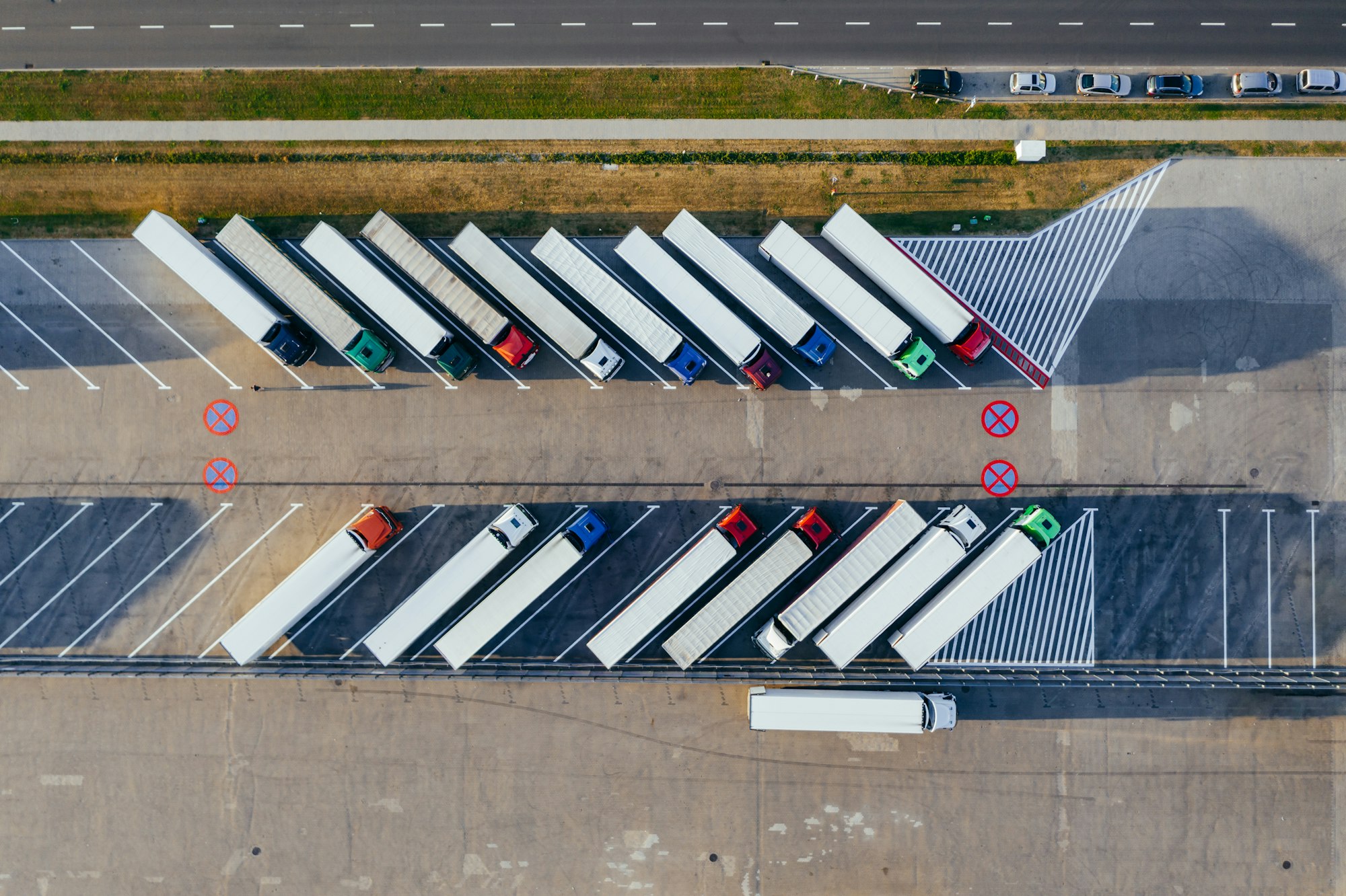US Announces Key Supply Chain Resilience Pact Under IndoPacific Framework

The US has announced that an agreement on supply chain resilience involving 14 partner nations, including India, Japan, and Australia, will enter into force on February 24. The pact aims to strengthen supply chains and prevent disruptions. The agreement, known as the Indo-Pacific Economic Framework for Prosperity (IPEF), will promote coordination among partner nations to build resilient, efficient, sustainable, and inclusive supply chains.
Source: Link
FAQs - US Announces Key Supply Chain Resilience Pact Under Indo-Pacific Framework
FAQ 1: What is the Indo-Pacific Economic Framework for Prosperity (IPEF)?
Answer: The Indo-Pacific Economic Framework for Prosperity (IPEF) is an initiative launched by the United States in May 2022 in collaboration with several other countries to strengthen economic partnership within the Indo-Pacific region, focusing on various pillars including resilient supply chains, clean energy, digital trade, and fair labor standards.
FAQ 2: What recent agreement was made under the IPEF?
Answer: A Supply Chain Agreement was recently established under the IPEF. According to a press release on September 7, 2023, from the U.S. Department of Commerce, the text of this landmark agreement aims to create more resilient supply chains across the Indo-Pacific.
FAQ 3: How many partners signed the IPEF Supply Chain Agreement?
Answer: According to a joint statement from November 16, 2023, a total of 14 IPEF partners signed the IPEF Supply Chain Agreement.
FAQ 4: Why is the IPEF Supply Chain Agreement significant?
Answer: The agreement is significant because it aims to enhance the resilience of supply chains in the Indo-Pacific region to withstand unexpected disruptions, such as those experienced during the COVID-19 pandemic. This is critical for maintaining economic stability and security.
FAQ 5: What are the key objectives of the IPEF Supply Chain Agreement?
Answer: The key objectives include improving supply-chain resiliency as well as promoting labor standards that underpin fair economic growth within the region. It will also work on coordinating supply chain resiliency and export controls, especially in critical sectors like semiconductors.
FAQ 6: Which countries are involved in the IPEF?
Answer: The IPEF includes the United States and several other Indo-Pacific countries such as Australia, Brunei Darussalam, Fiji, India, Indonesia, and others committed to this framework.
FAQ 7: What other areas are being targeted by the IPEF?
Answer: Apart from supply chain resilience, the IPEF targets areas like the digital economy, clean energy, green growth, and fair economic practices to promote a resilient and green economy.
FAQ 8: Where can I find the text of the Supply Chain Agreement under the IPEF?
Answer: The text of the Supply Chain Agreement can be found on the official website of the U.S. Department of Commerce.
FAQ 9: What was discussed in the Trilateral Leaders' Summit at Camp David regarding the Indo-Pacific region?
Answer: The Trilateral Leaders' Summit at Camp David, which took place on August 18, 2023, discussed initiatives to enhance resilient supply chains in the Indo-Pacific region and included maritime security cooperation among the United States, Japan, and other partners.
FAQ 10: How does the Indo-Pacific Economic Framework for Prosperity aim to enhance supply chains specifically?
Answer: The IPEF aims to enhance supply chains by ensuring they are robust and can handle disruptions. This includes coordinating policies for better resiliency and establishing guidelines and standards to help govern the digital economy.
For more detailed information, you may refer directly to the links provided in the initial query.

